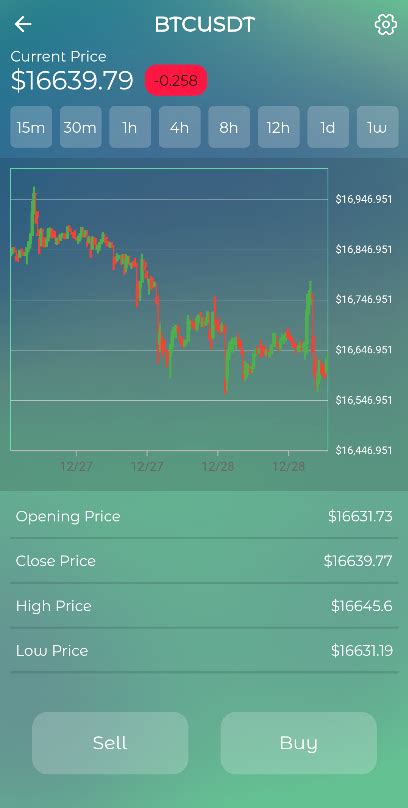ประเภทหนัง
ตัวอย่างหนัง Ethereum: Flutter binance api signature
I’m happy to help you solve your problem. Here is an article with a step-by-step guide on how to get a Binance API signature for Ethereum transactions using Flutter:
Getting a Binance API Signature: Step-by-Step Guide
The Binance API provides access to a variety of data streams and APIs, including real-time market data, trading information, and more. When working with the Binance API in your Flutter application, you need to get an API key and generate an API signature to confirm your identity. In this article, we’ll walk you through the process of getting an Ethereum API signature using the flutter_binance package.
Required prerequisites:
- You have a Binance account with sufficient funds.
- You have registered to use the Binance API on their website.
- You have received an API key and API secret (client ID and client secret).
- You have set up the “flutter_binance” package in your Flutter project.
Step 1: Get query parameters

If you want to make a request to the Binance API, you need to include the request parameters in the API endpoint. In this case, we will use the Ethereum API endpoint to get transaction information.
String queryParams = 'timestamp=' + DateTime.now().millisecondsSinceEpoch.toString();
This will generate a query parameter with a timestamp in milliseconds.
Step 2: Create an HTTP client
To make requests to the Binance API, you need to create an HTTP client. For this purpose, we will use the “http” package.
import "package:http/http.dart" as http;
future getEthereumTransactionInfo() async {
final API endpoint = "
final headers = {
"x-api-key": "YOUR_API_KEY",
"x-api-secret": "YOUR_API_SECRET",
};
var response = await http.get(
Uri.parse(apiEndpoint),
headers: headers,
);
if (response.statuscode == 200) {
// Parse the JSON response
final jsonData = jsonDecode(response.body);
// Process the data as needed
print('Transaction Info:');
print(jsonData);
// Return a success message
Return framework (
AppBar: AppBar (
title: text ("Ethereum transaction information"),
),
body: center (
child column: (
main-axis-alignment: main-axis-alignment.center,
children: [
text ("Operation information received successfully!"),
box (height: 20),
raised button (
pressed: () {
Navigator.push(
context,
MaterialPageRoute(Builder: (context) => CustomDialog()),
);
},
child: text ("Open custom dialog for further editing"),
),
],
),
),
);
} more {
// Handle errors
return scaffold (
AppBar: AppBar(
title: text("An error occurred"),
),
body: center (
child column: (
main-axis-align: main-axis-align.center,
children: [
text("An error occurred while sending the request. Please check your API key and secret"),
box(height: 20),
raised button (
pressed: () {
Navigator.pop(context);
},
child: text("Return to previous screen"),
),
],
),
),
);
}
}
Step 3: Sign the request
To confirm your identity and get an API signature, you must sign the request with your private key.
- Create a new file “private_key.pem” in the root of your project.
- Generate a private key using the dart:convert library or a tool like OpenSSL.
”hit
openssl genrsa -out private_key.pem 2048
“`
3.





















